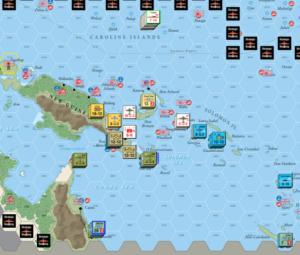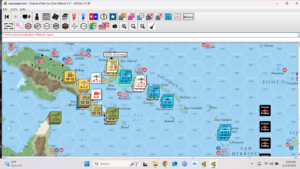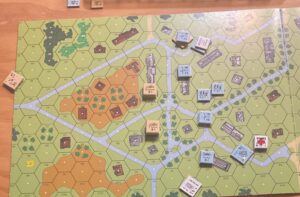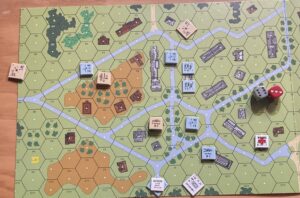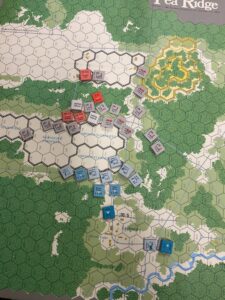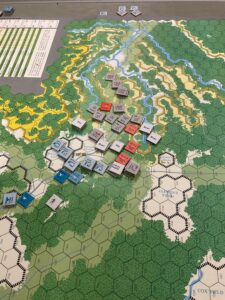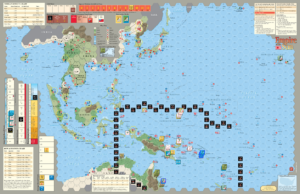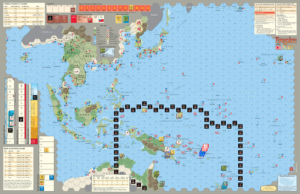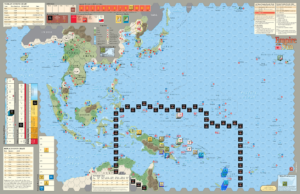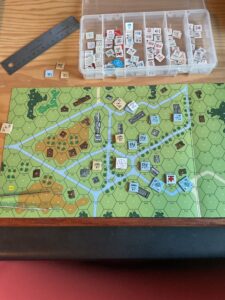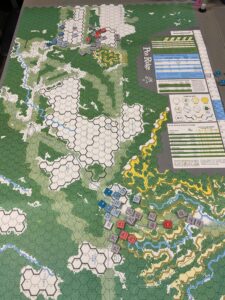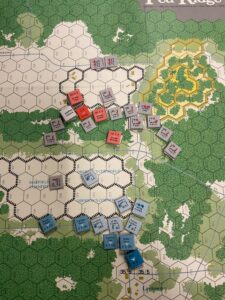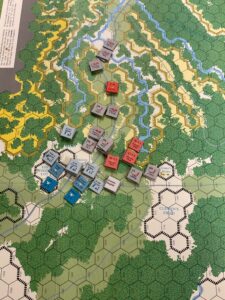I’m beginning to enjoy Vassal. It took awhile.
This acceptance process mirrors my experiences with Kindle and Apple Music.
I gravitated towards Kindle because many books are very cheap, it’s portable, and I am out of shelf space. I love paper books, but compromises had to be made.
I’m using Apple Music because I enjoy listening to a variety of music, but buying music is expensive, especially when auditioning a band by purchasing a disc (only buy used) or mp3 file that may or may not satisfy. Now I can audition/enjoy a band by listening to its catalog.
I love paper/counter wargames. But, I can play multiple games with Vassal, without taking up the table space used for paper games. In many cases, the games are already set-up. Taking the game down is just a couple of keystrokes. This saves a lot of time and effort. I can also audition a game by dialing up a module, seeing if there are rules on-line and start pushing (virtual) counters. Not as satisfying as paper, but still fun.
One thing I really like about Vassal is the ability to capture clear images of what’s going on. You’ve seen my photos. I really, really like it now because I finally “broke the code” for good images…..Screenshots.
The picture function in Vassal takes a shot of the entire game area, and will not take shots of specific areas or expanded counter displays. But, screenshots will.
Now if I can just get proficient with using captions, icons and my cheap digital pen……
No! No resolutions for 2025. There are enough learning curves involved with a new game. But, it might just happen.
